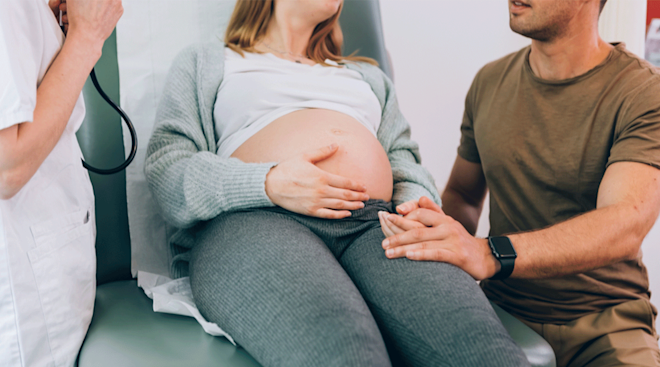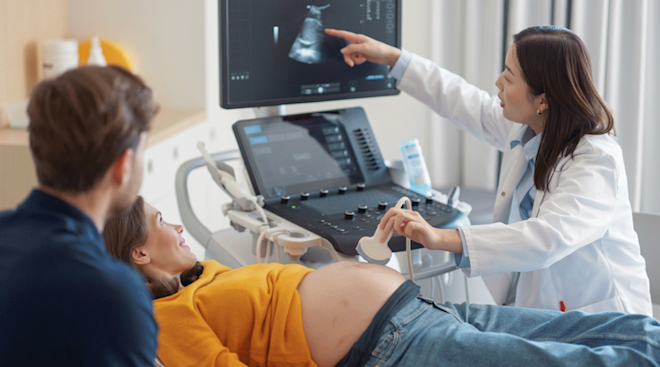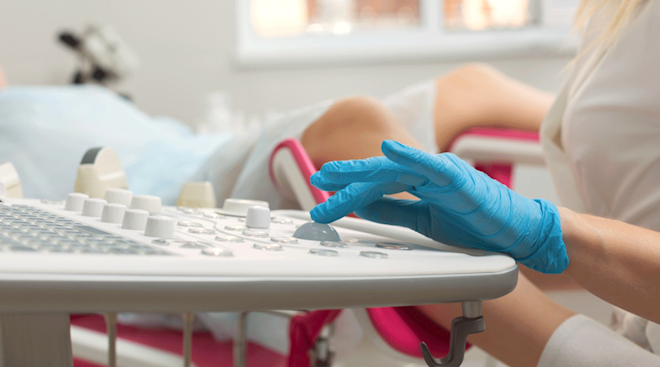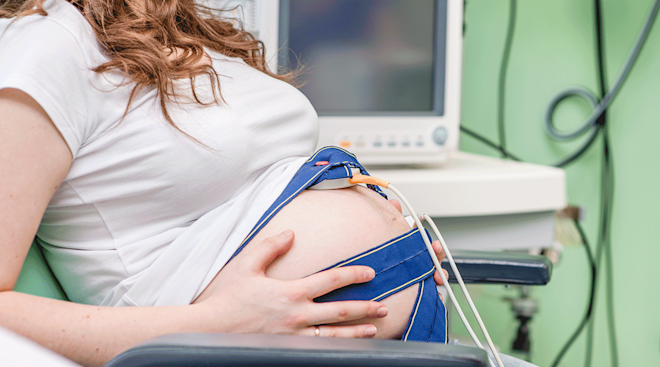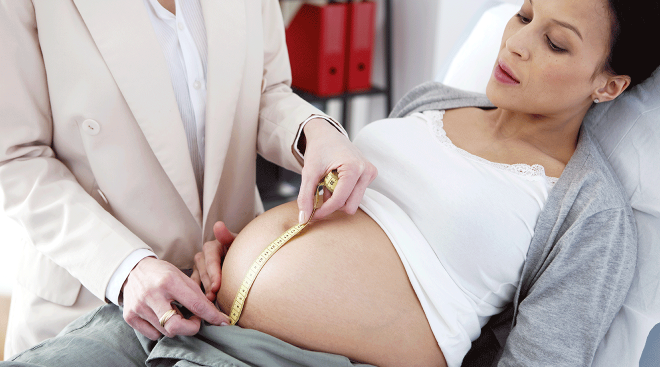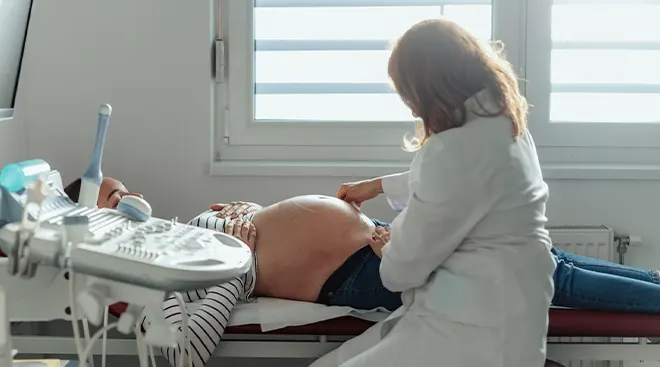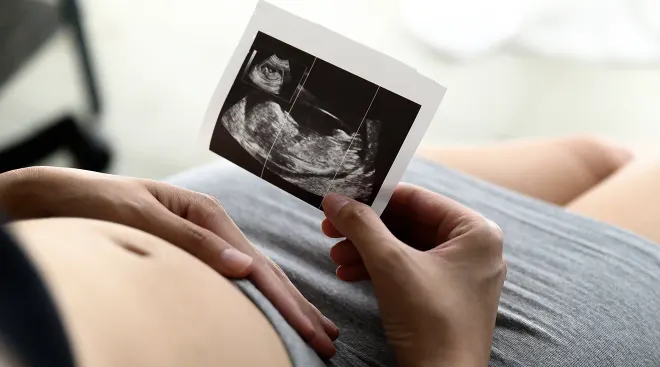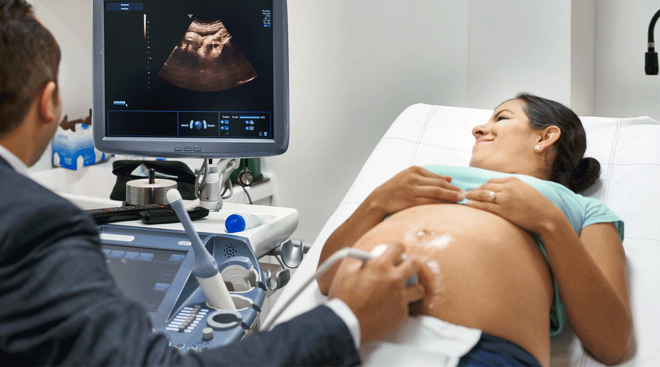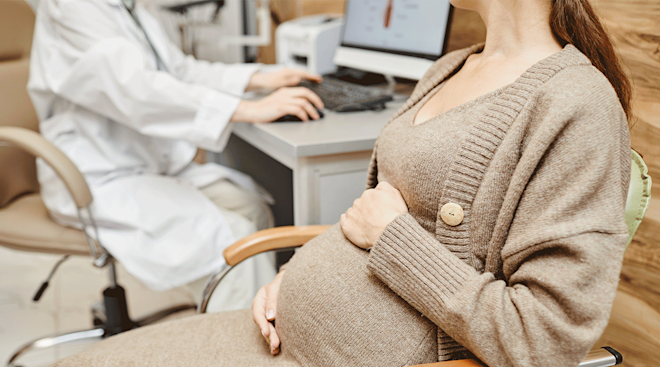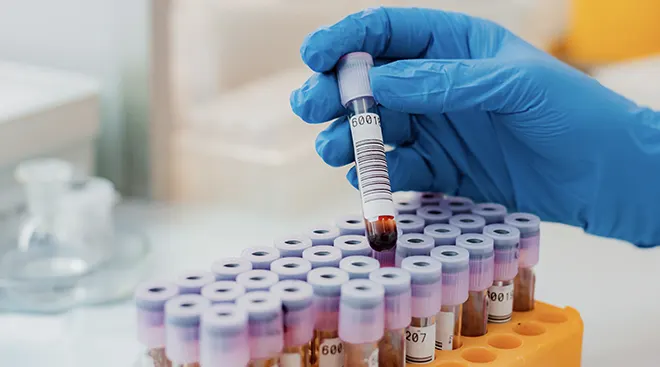Here’s How to Tell if Baby Is at Risk for Childhood Obesity During Pregnancy, Study Says
The children of women who have high sugar levels during pregnancy, even if their mothers are not diagnosed with gestational diabetes, are at an increased risk of developing obesity in childhood, according to a new study published in PLOS One.
Researchers gathered data of more than 40,000 pregnant women who delivered babies between 1995 and 2004 in the Kaiser Permanente Northern California health care system. They also analyzed data of children who were followed up until they were 5 to 7 years old.
It’s standard procedure for women in the US to get a blood glucose screening test when they’re between weeks 24 and 28. If the test comes back with high blood glucose levels, another test is then done to see whether the woman has gestational diabetes mellitus (GDM). But the researchers found once blood glucose reaches a certain level, even if it is not high enough to diagnose as gestational diabetes, their children are at risk of developing obesity when they’re between 5 and 7 years old.
The risk for obesity increases by 13 percent compared to women with normal blood glucose levels. And if the woman is diagnosed with gestational diabetes, the risk of her child developing obesity increases by 52 percent, says co-author Samantha Ehrlich, professor of public health at the University of Tennessee, Knoxville.
Researchers also found if a mother had a normal body mass index (BMI), then the elevated blood glucose levels during pregnancy were no longer associated with the development of childhood obesity. “This information is important because it suggests that we may be able to prevent childhood obesity in two ways: by helping mothers to achieve a normal BMI before they become pregnant, and by reducing hyperglycemia during the pregnancy,” Ehrlich says.
Please note: The Bump and the materials and information it contains are not intended to, and do not constitute, medical or other health advice or diagnosis and should not be used as such. You should always consult with a qualified physician or health professional about your specific circumstances.
Navigate forward to interact with the calendar and select a date. Press the question mark key to get the keyboard shortcuts for changing dates.

































